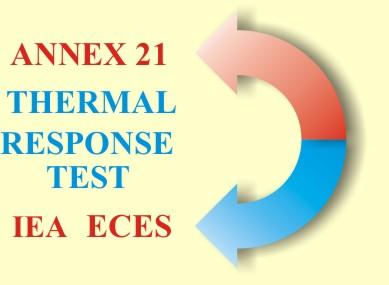

The first paper suggesting the mobile TRT method was presented by Mogensen at the “Stock” Conference in Stockholm in 1983. It took until the mid 90ies until TRT was developed, independently in US and Sweden, and the very first mobile TRT equipment was operated in 1996 in Sweden. The technology has since spread to about 20 countries in Europe, Asia, North America and South America and will soon be introduced in Africa. Since the TerraStock Conference in Stuttgart 2000, TRT has had a special session at the Stock Conferences.
There are basically two ways to operate the TRT equipment; to inject or extract heat from/into the tested borehole. This is done by circulating a fluid through the borehole that is warmer (injection) or colder (extraction) than the surrounding ground. There are also TRT equipments in which both modes are available. The size and shape of such equipments varies from suitcase to caravan.
The first step of the test is to determine the undisturbed ground temperature. This is usually made by temperature logging in the borehole, or by evaluating the fluid temperature of the circulating fluid before the heating/cooling is switched on.
The measured thermal response is the temperature difference between the circulated fluid’s inlet and outlet temperatures. Superimposed temperature fluctuations usually depend on the varying ambient air temperature or corresponding fluctuations in the power supply to the circulation pump. Air temperature and the power consumption are therefore often measured to separate such disturbances in the evaluation.
Used evaluation methods are: the Line Source Model, which is commonly used in Europe and Numerical Simulation Models which are more often used in North America.